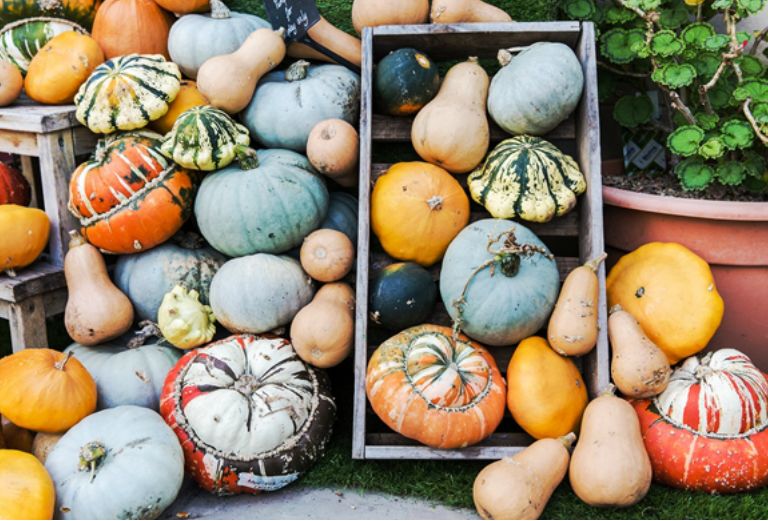
by Jamie Atwell, garden volunteer
As Albert Camus truly remarked “Autumn is a second spring when every leaf is a flower”. Now is the perfect time to enjoy the trees at Fulham Palace and the brilliant colour of their leaves as they “go to glory”. One of my favourites is the Gingko biloba (to be found on the main lawn just beside the entrance to the walled garden) whose leaves take on a brilliant yellow colouring at this time of year. It is also worth recording that Gingko (not this one I should add) have, according to fossil records, been around since the Mesozoic era so as a species are approximately 170 million years old – no wonder I’m a fan.
All in all, there are around 600 trees in the grounds at Fulham Palace and I and my co-volunteers are limbering up for our next major seasonal task. I refer, of course, to leaf raking which will keep us gainfully occupied over the next few weeks. All the fallen leaves do not go to waste. They are all composted in the bins behind the Bothies and, after a year or two, will play a major role in mulching and improving the soil throughout the garden as well as bing used for potting on mixes. As befits the second oldest botanic garden in London, Fulham Palace is rightly proud of its environmentally friendly and organic approach to horticulture.
Leaf raking is by no means the only item on the agenda at present. The next few weeks will witness one of the most important projects in the history of the garden. New beds have been prepared to the east and south of the walled garden. After our archaeological colleagues have completed a dig in that area, these will be planted out with specimens first grown here in the time of Bishop Grindal (Bishop of London 1559 to 1575) and, most notably Bishop Compton (Bishop of London 1685 to 1713) who was one of the most important horticulturalists of his generation – that the first Magnolia virginiana to be grown in Europe (and indeed other specimens, notably from America) was thanks to him. We should all applaud the hard work, and vision, of head gardener Lucy Hart in bringing this stunning restoration project to this exciting point.
Autumn is also an excellent time to check out the produce on the market barrow in the walled garden. I’ve recently enjoyed a variety of potato from the barrow called ‘Sarpo Mira’ which when roasted was an absolute delight (though I say it myself). I’m also looking forward to trying a variety of squash called “Spaghetti” – I’m advised that I may never need to use pasta again!